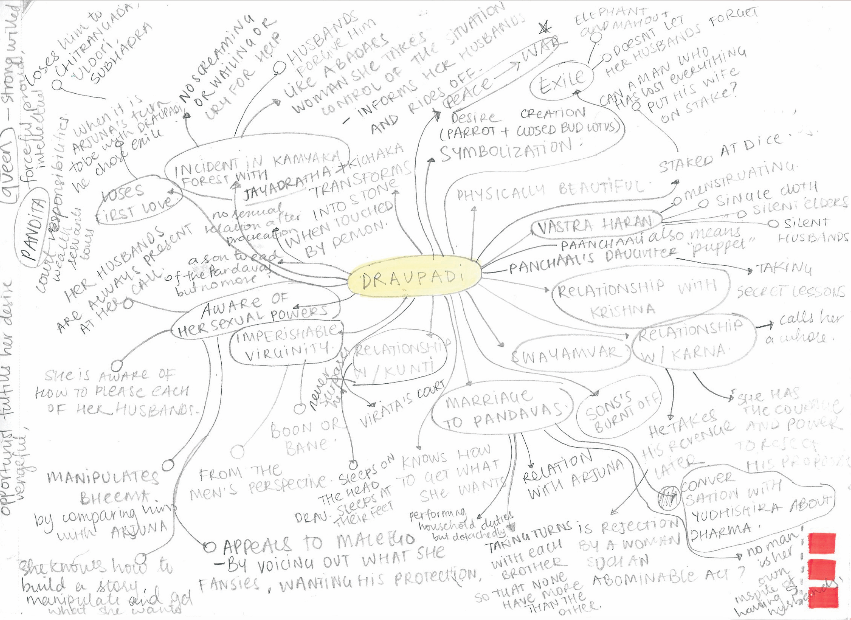THE WOMEN ON TOP
To make an inquiry about the physical autonomy of women and challenge the perspectives we have towards virginity and purity through the stories of
the Panchakanyas.
The Women on Top is a graphic novel which questions the true meanings behind the word virginity, purity and a woman’s pride through the context of the Panchakanyas. They are 5 female characters from the Hindu Mythology, where Pancha refers to the number five and Kanyas can be construed as virgins. Ahalya, Tara, Mandodhari, Kunti and Draupadi are anything but virgins since they have engaged in sexual relations with more than one man in the course of their life.
In a society where a woman’s purity and virtue is judged based on her sexual relations and the state of her hymen, worshipping characters like the Panchakanyas raised questions in my mind about the term virginity itself.
ILLUSTRATION, PUBLICATION DESIGN
VCSB ‘17
THESIS PROJECT
2017
As a part of my thesis project in Undergraduate studies I was working in the course named Unburdening Myths. During this period of six months, we explored richer and newer ways of storytelling by deep diving into Indian mythology and epics.
VCSB ‘17
THESIS PROJECT
2017
As a part of my thesis project in Undergraduate studies I was working in the course named Unburdening Myths. During this period of six months, we explored richer and newer ways of storytelling by deep diving into Indian mythology and epics.


